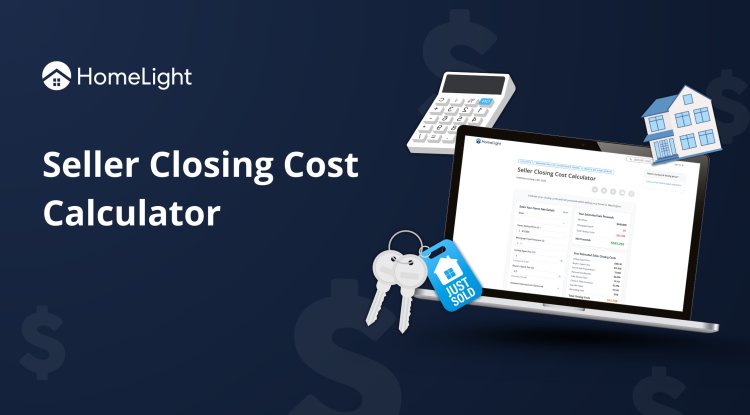Potential of Rent to Own Homes: A Comprehensive Guide
Potential of Rent to Own Homes: A Comprehensive Guide
Navigating the rent-to-own housing market can unlock unprecedented opportunities for potential homeowners. This innovative approach seamlessly bridges rental commitments with the prospect of ownership, ideal for those seeking flexibility and a guided path to buying a home. As market dynamics evolve, the rent-to-own model stands out as a nuanced strategy, offering a unique blend of tenancy and investment. Missing out could mean overlooking a key avenue to homeownership in today's competitive environment.
Understanding Rent to Own Homes: An Overview
Rent to own homes offer a unique pathway for potential homeowners to enter the housing market. This purchasing arrangement allows tenants to rent a property with the option to buy it before the lease expires. Typically, a portion of the monthly rent payments goes towards the down payment of the home. This method not only provides a flexible timeline for buyers to secure financing but also helps in locking down a purchase price in a fluctuating market, ensuring they can plan their financial future with more certainty.
Benefits of Choosing Rent to Own
The rent to own model presents several advantages, especially for those who may not qualify for traditional mortgage financing. It offers immediate occupancy to buyers without a hefty down payment or the need for impeccable credit scores. Furthermore, it grants tenants the chance to experience the home and neighborhood before making a long-term commitment. As renters make regular payments, they can also work on improving their creditworthiness, positioning themselves better for eventual ownership.
Financial Considerations and Planning
It's crucial for potential rent to own buyers to understand the financial intricacies of these agreements. Typically, these arrangements include an option fee, which is a non-refundable upfront payment granting the tenant the option to purchase the home later. Additionally, understanding how rent premiums work—extra amounts on top of the rent that contribute towards the down payment—is vital. Prospective buyers should meticulously plan their finances and perhaps consult with a financial advisor to navigate the complexities effectively.
Potential Drawbacks and How to Mitigate Them
While rent to own homes have their advantages, there are potential pitfalls to be mindful of. For instance, if the buyer decides not to proceed with the purchase, they may lose the option fee and any rent premiums paid. It's also possible for home values to decline, making the agreed-upon purchase price unfavorable. Buyers should conduct thorough research, including a home inspection and appraisal, to make informed decisions and potentially include contract clauses that protect their interests.
The Role of Legality and Contracts
Entering a rent to own agreement requires a detailed contractual understanding between the buyer and seller. These contracts should outline all terms, including rent payments, the length of the renting period, and the conditions under which the option to buy can be exercised. It's imperative for both parties to review the agreement with legal professionals to ensure clarity, fairness, and adherence to all state and local regulations governing such transactions.
Future Considerations for Rent to Own Participants
Prospective homeowners should consider future market conditions, their long-term financial stability, and the potential for changes in their personal circumstances. Rent to own can be a stepping stone to homeownership for those who are building their credit or saving for a down payment. However, staying informed about the housing market trends and interest rates will help in making the transition to homeowner smoother and more financially viable.






